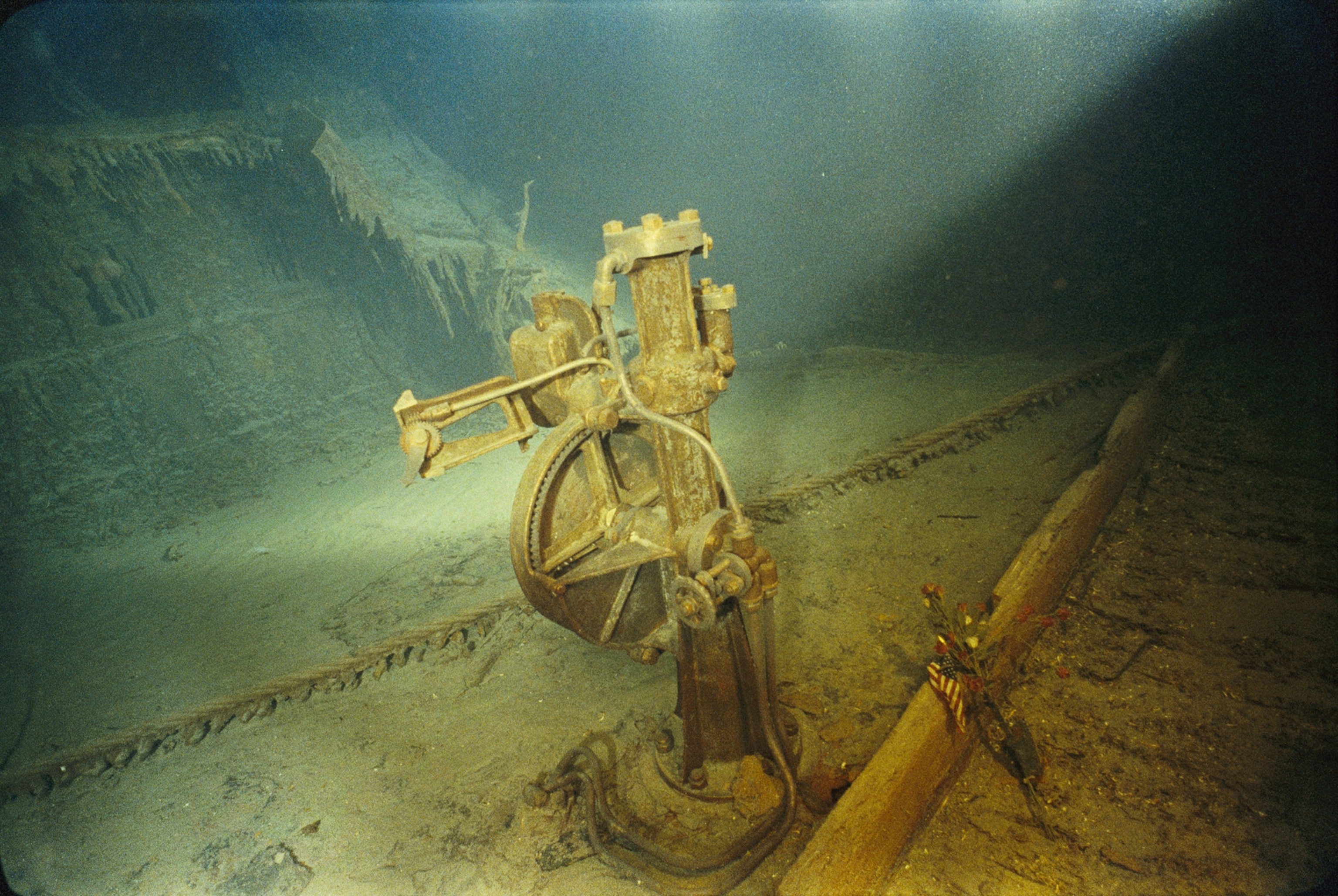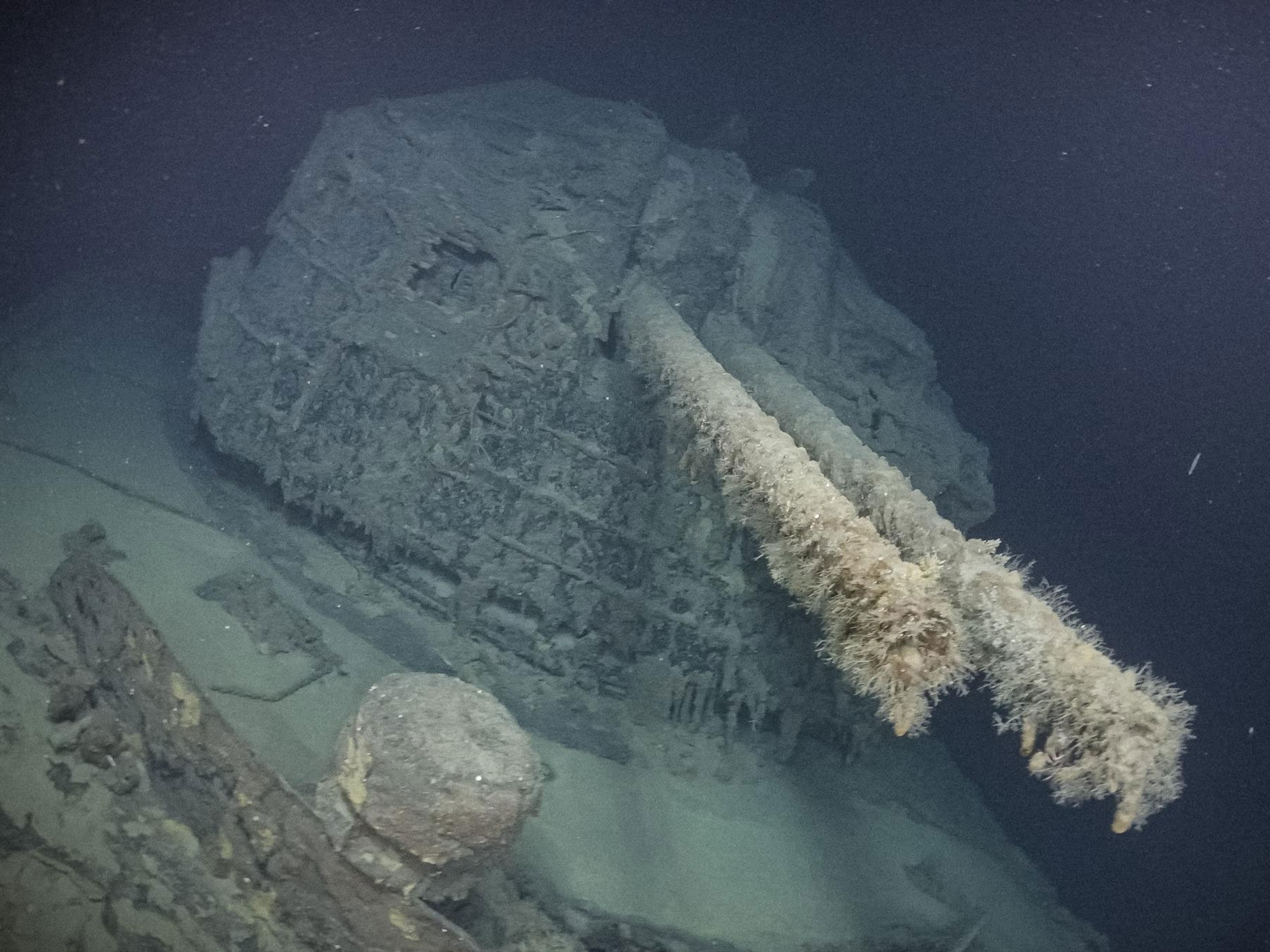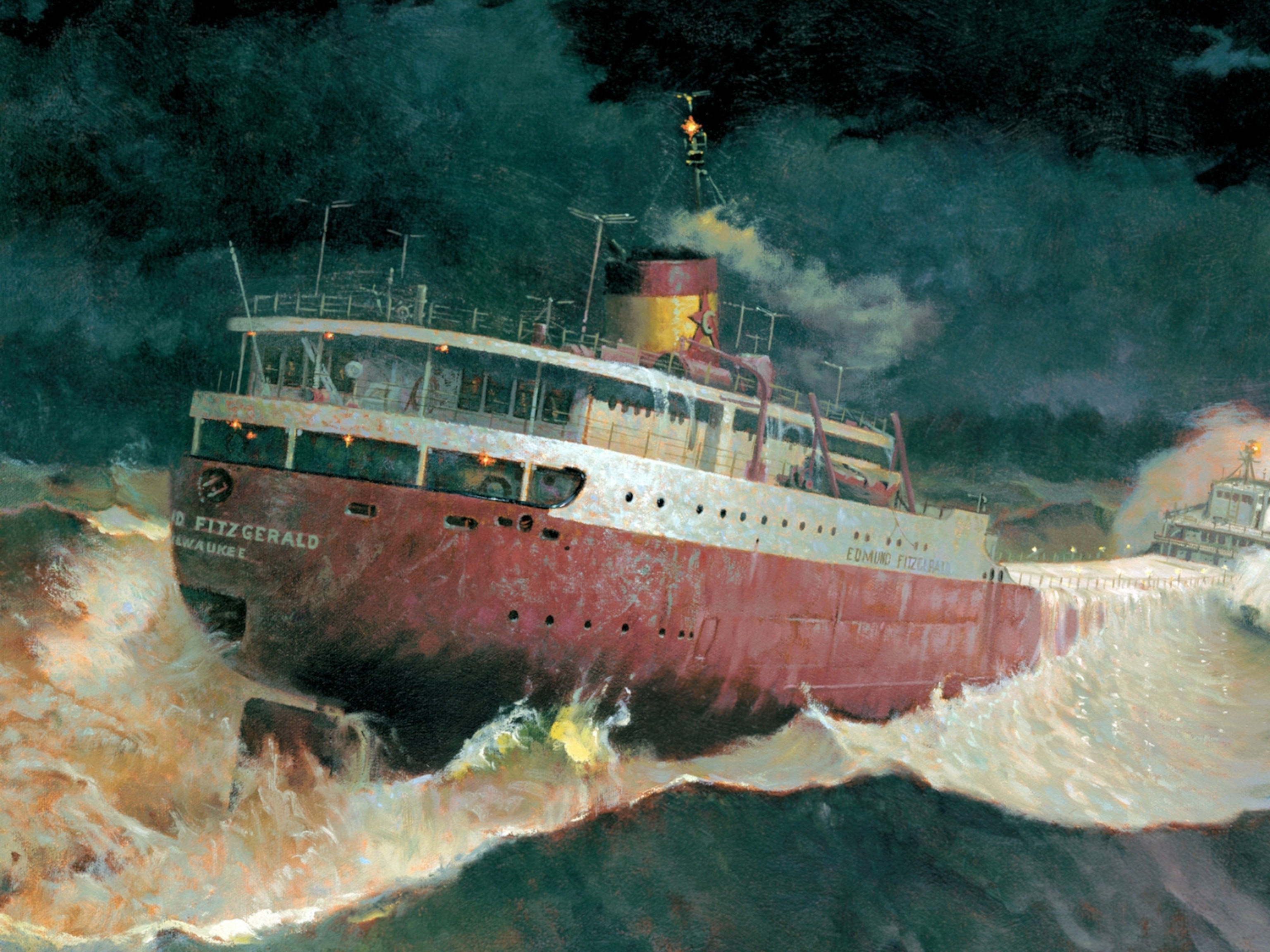
New Plans Could Protect the Titanic, 30 Years After It Was Found
The iconic ship's discoverer, ocean explorer Robert Ballard, talks about what the future holds for the famous wreck.
Thirty years ago today, ocean explorer Robert Ballard came across the find of a lifetime: The twisted wreckage of the Titanic, resting over 2 miles (3.2 kilometers) below the surface.
The discovery of one of the world's most famous shipwrecks touched off years of research, salvage, and tourism, along with concerns about preservation.
The Titanic came to rest roughly 380 miles (612 kilometers) southeast of Newfoundland in international waters. According to maritime law, a shipwreck in international waters is under no national jurisdiction. Since the company that owned the Titanic went out of business long ago, anyone with the right equipment and expertise to reach the ship could go down for a visit—and return with artifacts.
Visitors to the site have made their mark—modern trash litters the area and some experts claim that submersibles have damaged the ship by landing on it or bumping into it. And natural processes are relentlessly breaking down the Titanic, too. Specialized mollusks have gobbled up most of the ship's wood while microbes eat away at exposed metal, forming icicle-like "rusticles." (Read about why the Titanic Is Falling Apart.)
Years of legal wrangling has resulted in little resolution. But according to Ballard, a National Geographic Explorer in Residence, there is some hope on the horizon. (Read about Titanic at 100: Be Among The Last to Dive to Wreck Site?)
What does the Titanic's future look like?
The good news is, [the ship has] now been underwater for over a hundred years. That puts it in a new category—It now falls under the United Nations UNESCO historical sites.
The other is that Canada will be claiming the land on which it sits. Presently, the land on which it sits is beyond the exclusive economic zone (EEZ) of Canada, but they can request an extension. It's called the continuing continental shelf: It says that if you can prove your country's [continental shelf] goes beyond 200 miles, you can claim that territory.
The Titanic lies on the continental shelf.
And finally, the salvagers have reached a point of diminishing returns.
What about the ship itself? What's its state of preservation?
Most of the destruction is being done by humans that are landing on it. The hull itself is very strong and the bow section is embedded deep in the bottom, which is holding the ship together.
What you'll probably see is the upper fragile parts of the ship collapsing in on themselves. But the hull itself should not splay open for a long, long time because the bow went into the bottom [almost] 90 feet. It just slammed in there.
[We] have the technology to preserve the ship. Conservation and preservation in situ is possible, but who would do that? (Read about Ballard's proposal to paint the Titanic.)
Is it a cost issue?
Yeah. It's not technology. It certainly wouldn't [cost] millions. [The] price tag would be in line with preservation and conservation of buildings.
When I first saw it, I first saw [the anti-fouling] pink paint and I didn't see anything growing on it. The paint's still working after a hundred years. So why not paint everything above it like the hull? If you keep the hull together, it won't splay open.
What about tourism to the site?
That peaked. There doesn't seem to be enough to support the expedition costs. How many went out this summer? Zip.
If you look at what has been the visitation rate over the last 30 years, there's been hardly any returns since our 2004 expedition. I don't think there's been anyone out there in 10 years. (Read about the Unseen Titanic in National Geographic magazine.)
Follow Jane J. Lee on Twitter.








